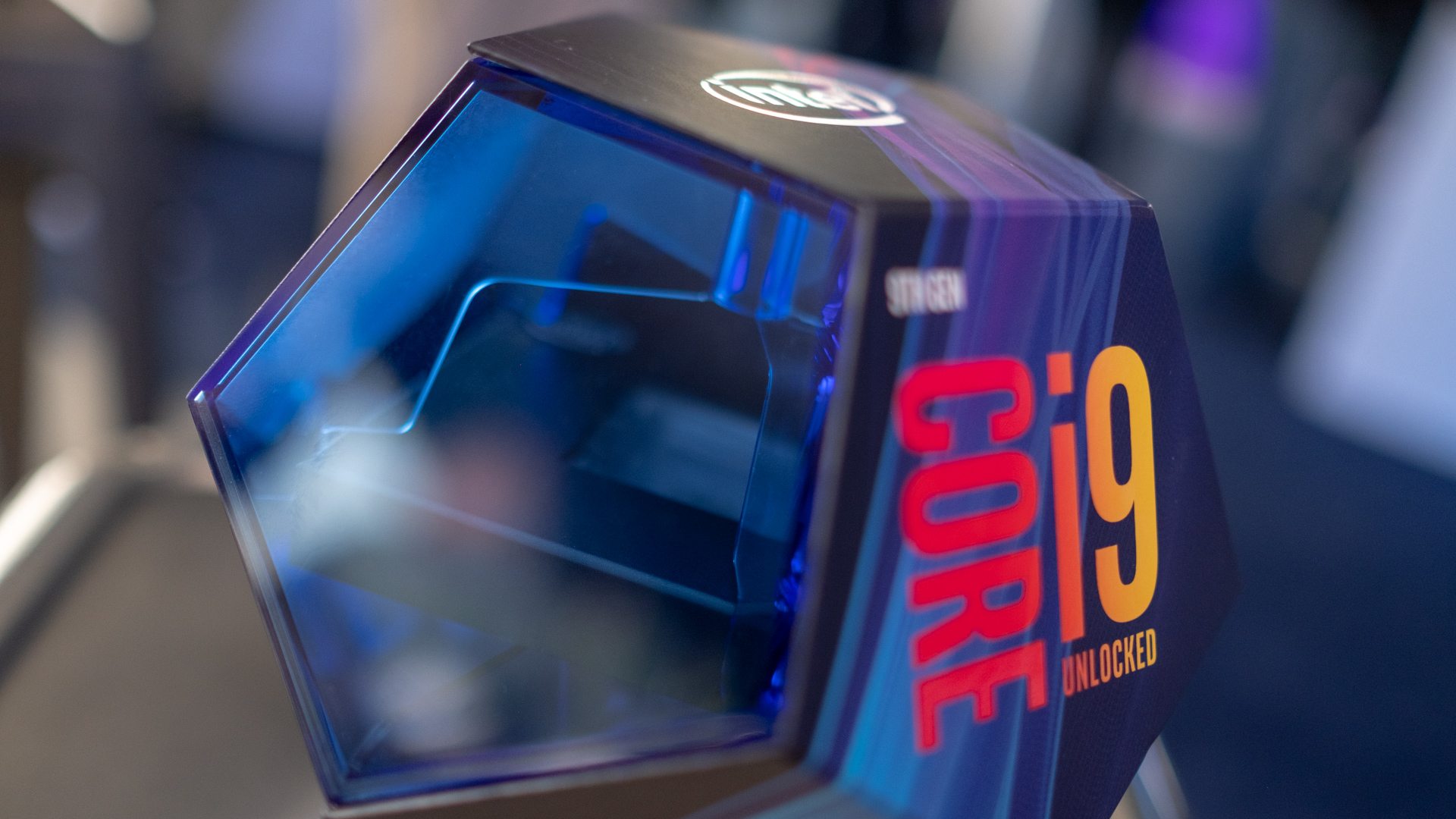Intel Comet Lake-S could be delayed due to power demands of 10-core CPU
Comet Lake desktop chips currently too hot to handle?

Any talk of Comet Lake-S desktop processors has been conspicuously absent at CES 2020, but it seems that Intel might be struggling to keep a lid on the power demands of its next-gen flagship CPU – and that could be delaying the launch.
This comes from a report by German tech site ComputerBase, which observes that at CES, motherboard makers weren’t happy with Intel, because their products are ready to go – presumably in-line with Intel’s initially intended release schedule for Comet Lake – whereas the actual 10th-gen CPUs themselves are not.
- AMD’s high-end Navi GPU is 30% faster than RTX 2080 Ti?
- We’ve picked out all the best processors of 2020
- Check out how to overclock your CPU
ComputerBase contends that Intel is having issues controlling power consumption with the flagship 10-core CPU, which supposedly pushes over 300W at maximum load according to motherboard manufacturers the site spoke to.
In other words, it sounds like Intel is caught between a rock and a hard place: it needs to make the Core i9-10900K fast enough to be clearly better than the 9900K in gaming, for obvious reasons, yet it’s struggling to cope with the power consumption when driving harder.
Of course, we have to be very cautious about taking this as read, as it’s just speculation from the grapevine. That said, it does fit with Intel not even mentioning Comet Lake at the big show, where it was widely expected to reveal the new processors.
Previous rumors have indicated a first quarter launch for Comet Lake, or potentially an April release, and now we are apparently looking at April or perhaps even May, according to the speculation aired by the German site.
Apparently the 10-core chip is the only sticking point, not the rest of the range, and this is why Comet Lake-H mobile processors for laptops – which Intel did talk about at CES – top out at eight cores, rather than 10 (although they will exceed 5GHz clock speeds, Intel noted, without revealing any actual spec details).
Get daily insight, inspiration and deals in your inbox
Sign up for breaking news, reviews, opinion, top tech deals, and more.
Of course, with Comet Lake, Intel is still working to squeeze even more out of its existing 14nm process, and that’s a task which has doubtless become more onerous with every refinement – so it’s not exactly a surprise to hear that there might be issues around power consumption with the fastest chip in the line-up.
Frying tonight
Intel must be pushing hard on the boundaries of what’s possible with 14nm, after all, and indeed the existing flagship Core i9-9900KS slurps a good deal of power – reportedly around the 250W mark when loaded – and we certainly observed that it runs pretty hot in our review, even with good cooling.
At any rate, assuming that we could be looking at a May launch for the Comet Lake-S desktop offerings, that means things have slipped from Q1 to almost the middle of the year. And the problem for Intel then is that AMD’s Ryzen 4000 processors are expected to arrive in the latter half of 2020, so theoretically they could be very close behind Comet Lake.
And potentially with a 10% to 20% performance uplift compared to Ryzen 3rd-gen, Intel risks falling even further behind in the desktop CPU battle.
- Check out the best gaming PCs of 2019
Via Tom’s Hardware
Darren is a freelancer writing news and features for TechRadar (and occasionally T3) across a broad range of computing topics including CPUs, GPUs, various other hardware, VPNs, antivirus and more. He has written about tech for the best part of three decades, and writes books in his spare time (his debut novel - 'I Know What You Did Last Supper' - was published by Hachette UK in 2013).